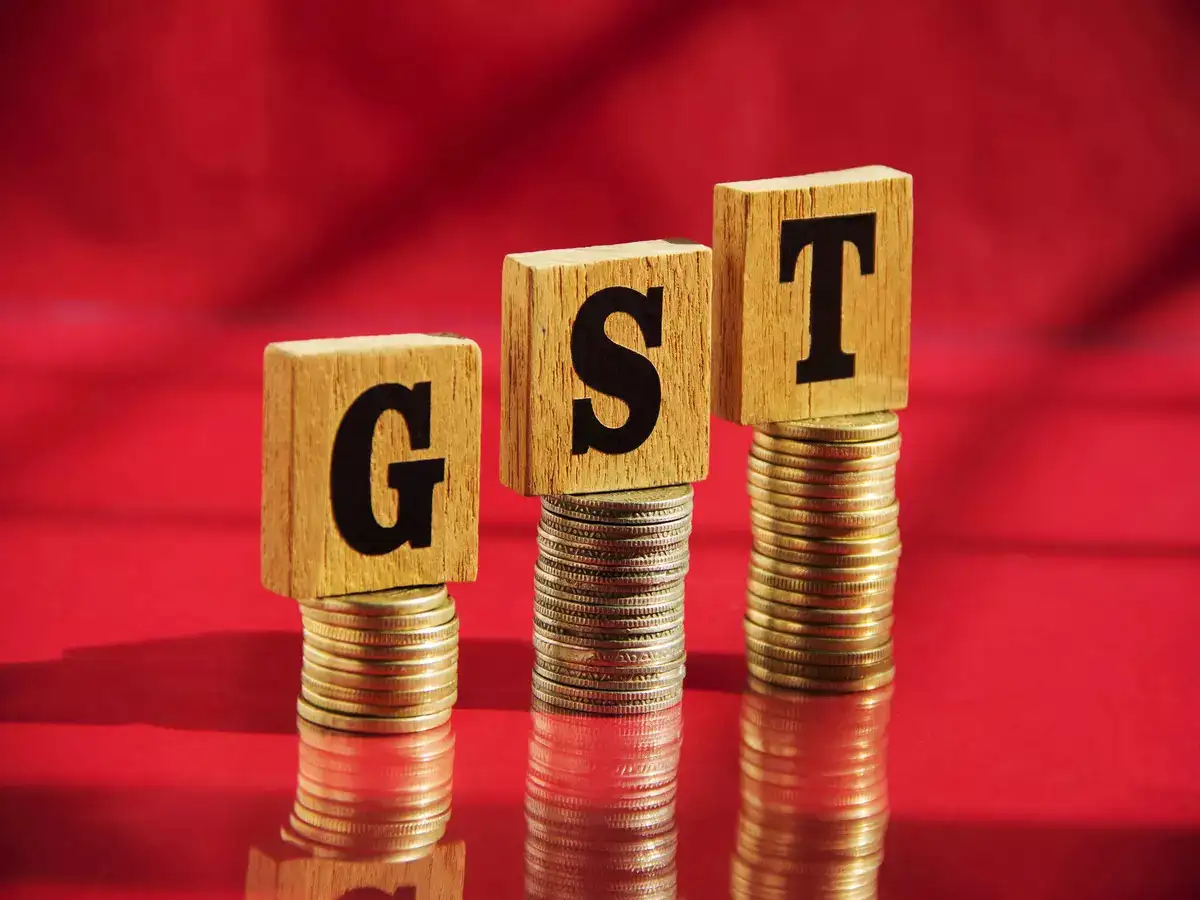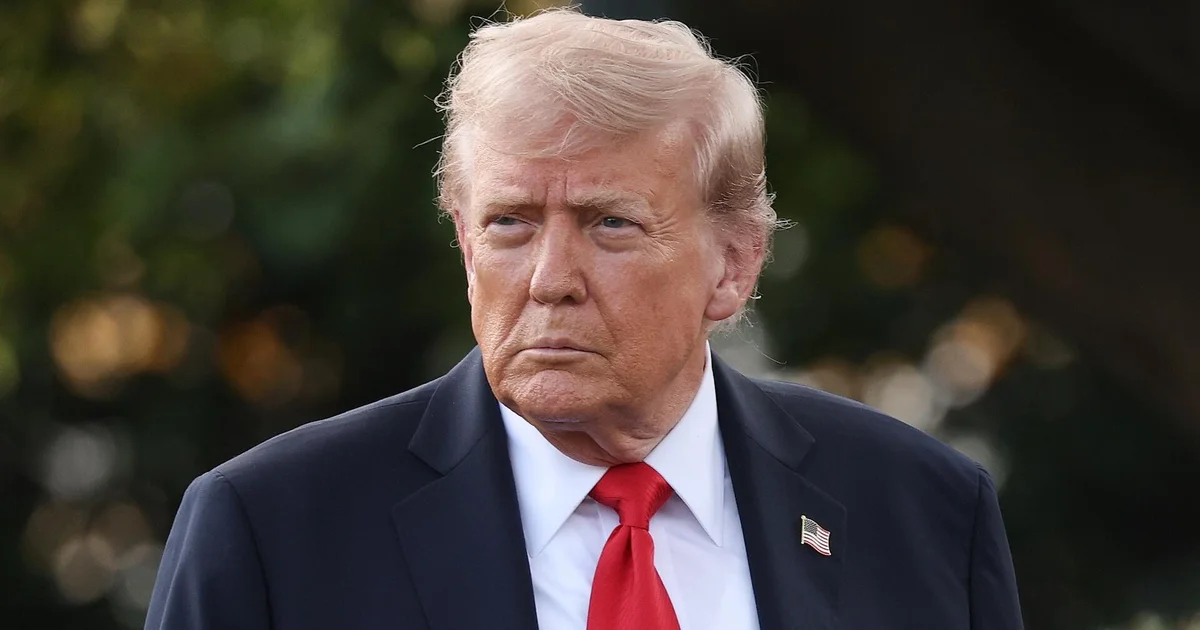By Yasmin Hussain
Copyright indiatimes

The recent cut in Goods and Services Tax (GST) must have sparked cheer in many homes. After all, who wouldn’t want to save a few thousand rupees on a television, AC, or car, especially with Diwali discounts already on? GST 2.0 looks like a win-win for buyers, with simpler rates and lower costs.Income Tax GuideIncome Tax Slabs FY 2025-26Income Tax Calculator 2025New Income Tax Bill 2025However, previous GST rationalisations looked promising, but rarely translated into consumer gains. A 2019 LocalCircles survey found that when the government announced major rate cuts in 2018-19, only two in 10 consumers benefitted. The rest felt that brands, distributors or retailers absorbed the savings instead of passing them on. The survey drew 36,000 responses across 319 districts. The real test now is whether buyers will see genuine savings in their bills. Even if tax cuts boost sentiment, do they really make purchases more affordable?What changed with GST 2.0As of 22 September, the GST system has been simplified to three slabs: 5%, 18%, and 40%. The intent is to ease compliance and deliver meaningful relief to consumers. The changes are most visible in essentials, such as medicines and milk products, where rates have been significantly reduced. Medicines that were previously taxed at 5% are now exempt, and items such as ghee and butter have been moved from the 12% slab to the 5% slab.For discretionary items, the savings are even sharper. Air-conditioners are now cheaper by Rs.2,800-5,900, while large-screen televisions have seen price drops from a few thousand rupees at the entry level to as much as Rs.85,000 on ultrapremium models. Dishwashers, too, are more accessible with cuts of up to Rs.8,000.In automobiles, the cuts are sharpest. Entry-level hatchbacks are now Rs.40,000– 75,000 cheaper, with the effective tax rate dropping from 29-31% earlier to 18% now. Compact SUVs are cheaper by up to Rs.85,000, while mainstream SUVs have seen reductions of over Rs.1 lakh. Premium models have witnessed the steepest declines, with some luxury SUVs down by Rs.4.5 lakh and ultra-premium vehicles seeing price cuts running into lakhs. Two-wheelers have not been left out either. Scooters and motorcycles with engines under 350cc, which comprise the bulk of India’s commuter market, have dropped from 28% GST earlier to 18% now, making them cheaper by Rs.7,000-18,800.When ‘discounts’ meet GST: what you truly saveET Wealth tracked the price of an LG 1.5 tonne AC model pre- and post-GST cut. Most of the benefit was being passed on to the buyer.
“The auto sector is passing on the GST benefit almost in full to consumers. Companies like Maruti, Hyundai, Mahindra, and Tata have reduced prices, which is why we are seeing a strong festive demand, with models being booked within minutes. Even though margins are trimmed, higher volumes compensate,” says Bhavik Joshi, Business Head, INVasset, who tracks the auto sector closely.The government has asked retailers to display both pre- and post-GST rates so that consumers can see the relief for themselves. On the ground, compliance has been mixed. In stores that ET Wealth visited just before the rollout, staff said prices would be updated the following day. The price tags did change, but not as expected.While listed prices fell, maximum retail prices (MRPs) were pushed higher in some instances. For instance, a 1.5-tonne LG AC we tracked was listed at Rs.47,990 with an MRP of Rs.55,990 on 21 September. By 22 September, however, the MRP had jumped to Rs.78,990 even as the selling price was cut to Rs.43,990.Cars with biggest GST savings
The increase in MRP is unrelated to GST. It allows retailers to advertise bigger ‘discounts’ even though the actual benefit to the consumer is lesser.“The strategy is not new. It has been a marketing gimmick in retail, where the ‘compare at price’ is increased to create urgency. It means that while GST cuts have made goods cheaper, the headline savings being advertised are not always the same as the ones you actually take home,” says Haris Mirza, Founder and CEO, UPCLUB, a marketing agency.“If you start tracking prices a few months before the festive discounts start, you will notice that MRPs are inflated,” adds Kashif Ansari, Professor, OP Jindal University, who is also a credit card expert.The scepticism is backed by data. The LocalCircles survey reveals that during the last GST cut, only 9% of consumers actually saw MRPs drop, while 9% experienced relief through discounts. However, the blame falls on manufacturers and retailers for not passing on the benefits to the buyer.This time, however, early tracking suggests more of the benefit is being passed on across sectors compared to 2018-19.Avoid impulse buyingGST 2.0 clearly gives a psychological push. When tax rates fall, buyers assume they’re getting more value for money. Retailers report higher footfall during such times, and the families that were deferring purchases may finally take the plunge. Especially with the festive discounts, the offers may seem irresistible. In fact, the Reserve Bank of India (RBI) data showed that transactions across electronic payment platforms soared to Rs.11.31 lakh crore on 22 September compared to Rs.1.18 lakh crore on 21 September.However, here’s the reality check. “Interest rates remain the same, and so does your salary. For most households, income hasn’t risen fast enough to change spending power,” says Ritesh Srivastava, Founder & CEO, FREED.In short, you feel richer because prices seem lower, but your wallet isn’t bigger.Use credit wiselyYou’ll find great deals on the products you actually need, but avoid being lured by savings on things you don’t need. This is especially true when credit is readily available. It’s a cycle you can easily get trapped in.Over the past few years, unsecured retail loans have grown at an annual rate of over 22%. Walk into a showroom today and you’ll be pitched an equated monthly instalment(EMI) scheme before you even decide on the model. Banks, Non-Banking Financial Companies (NBFCs), and financial technology (fintech) platforms are offering 0% EMIs, buy now, pay later (BNPL) options, and pre-approved personal loans.For many families, this makes GST cuts feel bigger than they are. A mid-range TV that costs Rs.50,000 doesn’t look daunting when broken down into 12 monthly payments of Rs.4,167. Throw in a GST discount on top, and it feels like a steal.The truth is that you’re not spending more because your income has increased. You are spending more because credit makes it easier to postpone the cost. That’s why experts warn India may be borrowing tomorrow’s demand to fund today’s festival. “If you are not able to pay bills on time for some reason, you will be charged a hefty interest of around 40%”, says Satish Mehta, Founder, Athena CredXpert, a credit repair firm.India’s debt-to-GDP ratio for households is still modest. However, the rapid expansion of unsecured loans is a warning sign. If incomes don’t keep pace, EMIs could quickly become unmanageable. Crisil notes in its report ‘Goading consumption’ that the full impact of GST cuts depends on passthrough and on the way households finance purchases. A GST cut paired with a healthy income growth is sustainable. A GST cut paired with rising EMIs is not.Initiative for greater spendingAt a structural level, GST 2.0 marks a significant reform. By rationalising the system into fewer slabs, it reduces disputes over classification, simplifies compliance, and brings more goods into the formal tax net. For households, the impact is visible across the consumption basket. Crisil’s analysis shows that 11 of the top 30 items in an average consumer’s monthly spending now invite lower GST rates.These items account for roughly a third of the household expenditure indicating that the reform has a tangible impact on monthly budgets.Yet, the bigger picture extends beyond GST. Lower taxes alone cannot sustain demand. What truly matters is whether household incomes rise fast enough to support consumption without over-reliance on credit.At the same time, the rapid growth of unsecured loans highlights the need for more responsible credit practices. Policymakers may celebrate GST 2.0 as a milestone in simplification. Still, the long-term consumption story depends on whether reforms are accompanied by income growth, prudent borrowing, and accountability in the supply chain. Only then will India’s consumption be both vibrant and sustainable.The government provided a nudge in this direction by cutting interest rates earlier this year. “The government’s larger intent behind GST rationalisation and other reforms like rate cuts and income tax reductions is to boost consumption. After focusing on capital expenditure for the past few years, policy is now shifting decisively towards putting more disposable income in people’s hands,” says Joshi.As you step into showrooms this Diwali, enjoy the GST benefit, but be sure to check the fine print before swiping your card.



